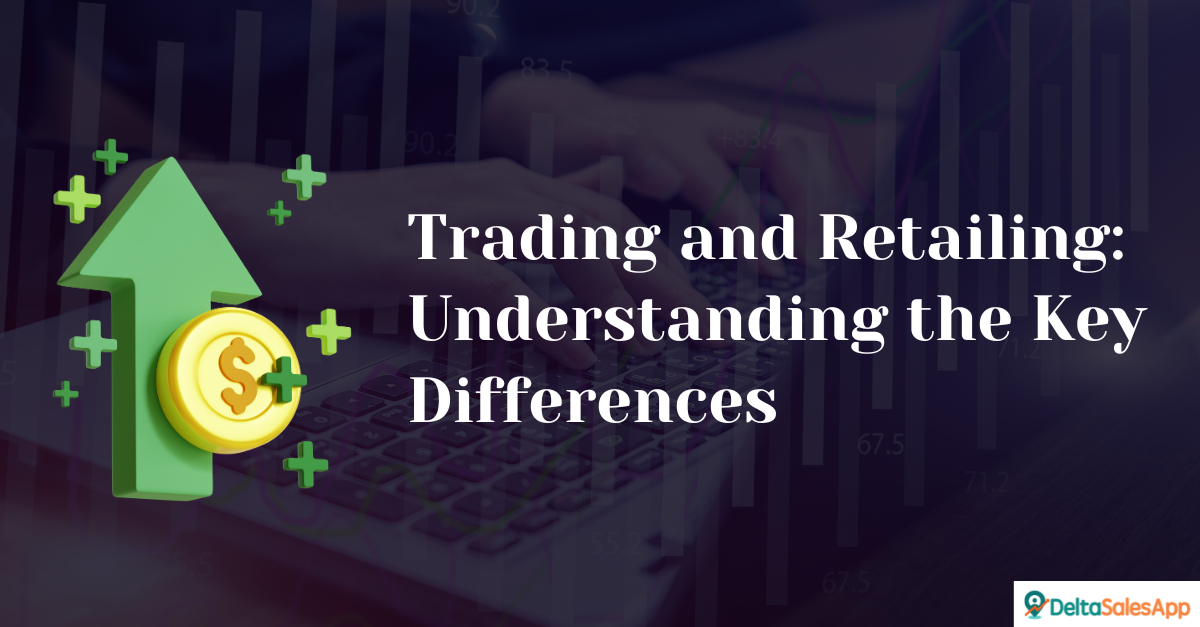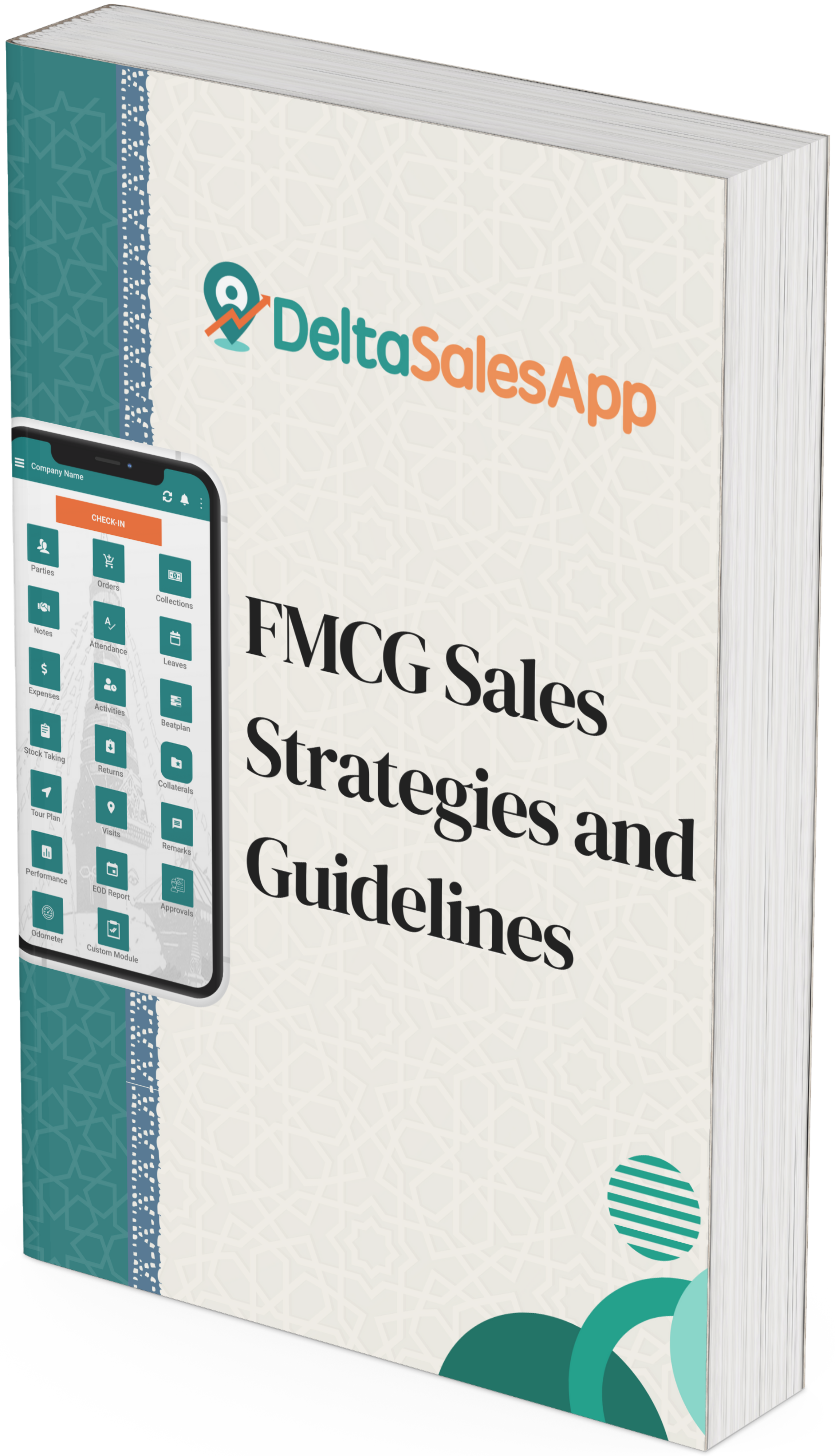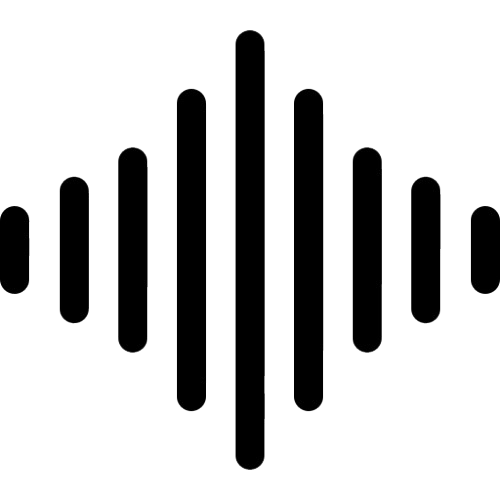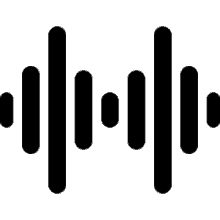Trading And Retailing: Understanding The Key Differences

The business world often uses the terms trading and retailing, particularly in industries like FMCG (Fast-Moving Consumer Goods), but these terms have distinct meanings and business operations behind them. Understanding the key differences between trading and retailing is essential for professionals navigating the supply chain, marketing strategies, and sales operations.
In this detailed breakdown, we will dive deeper into the mechanics of both models, how they function, and their critical roles in the FMCG industry.
What is Trading?
In simple terms, trading refers to the buying and selling of goods, typically in bulk, between businesses or wholesalers. Traders often act as intermediaries between manufacturers and other parties like wholesalers or retailers, without direct involvement with the end consumer. Traders focus on securing large quantities of products to fulfill the needs of businesses that require bulk supplies.
Characteristics of Trading:
Large-Scale Transactions: Traders usually buy goods in significant volumes, such as containers of raw materials, and resell them in bulk to other businesses or wholesalers.
Minimal Direct Customer Interaction: Unlike retailers, traders rarely deal directly with the final consumer. Their focus is on B2B (business-to-business) sales, where they deliver goods to wholesalers or retail giants.
Focus on Commodities: Trading generally involves products that are in high demand but have minimal differentiation, such as rice, oils, grains, or other staple goods.
Profit Margin: Traders usually operate on thinner profit margins because they sell in bulk and rely on high-volume sales to generate revenue.
Supply Chain Role: Traders play a pivotal role in the supply chain, often sourcing raw materials or finished goods and redistributing them through wholesalers or distributors.
For example, a rice trader buys large quantities of rice from a mill and resells it to wholesalers who, in turn, distribute it to retail stores. In this case, the trader’s business doesn’t involve selling rice directly to consumers.
Common Products Involved in Trading:
Basic Commodities: Items like oils, grains, chemicals, and raw materials.
Wholesale Goods: Non-differentiated products that are easily sold in bulk, such as flour, sugar, or paper.
Seasonal Goods: Products that are in high demand during certain times of the year, like festive decorations, agricultural products, or even bottled water in the summer.
Benefits of Trading:
Low Investment Per Transaction: Trading often requires lower investments per item but more capital to handle bulk transactions.
Market Expansion: Traders typically have the freedom to work with suppliers and distributors from different regions, expanding their reach and network.
Efficiency: By focusing on large quantities, traders are able to optimize their operations and reduce transaction costs, benefiting from economies of scale.

What is Retailing?
Retailing, on the other hand, focuses on selling goods directly to the end consumer. Retailers act as the final step in the supply chain, offering products to customers in smaller quantities and providing an environment (physical or digital) where consumers can make purchases. Retailers operate with a diverse range of products aimed at serving individual consumers with specific needs.
Characteristics of Retailing:
Small-Scale Transactions: Unlike traders who focus on large-volume transactions, retailers sell goods in smaller quantities, typically per item or in small packs.
Direct Customer Interaction: Retailers engage directly with consumers, which means they need to focus on customer service, convenience, and ensuring customer satisfaction.
Product Variety: Retailers generally carry a wide range of products across different categories, from groceries and household items to electronics and clothing.
Higher Profit Margins: Retailers tend to operate with higher margins than traders because they sell directly to consumers and are able to mark up prices.
Customer-Centric Business Model: Retailers need to create an attractive shopping experience, whether in physical stores or through e-commerce platforms, and often deal with consumer behavior, preferences, and seasonal demands.
For instance, a supermarket would offer a range of FMCG products like chips, beverages, packaged food, personal care items, and more, which customers can buy individually or in small quantities for their personal use.
Common Products in Retailing:
Fast-Moving Consumer Goods (FMCG): Everyday items like toiletries, food, beverages, and cleaning products.
Consumer Electronics: Gadgets, phones, laptops, and accessories.
Clothing and Apparel: From luxury goods to budget-friendly fashion.
Home Goods: Furniture, décor, and kitchen appliances.
Benefits of Retailing:
Higher Margins per Sale: Retailers mark up products more than traders, making higher profit per transaction.
Customer Loyalty: Retailers have direct access to consumers, and building relationships can lead to repeat purchases, especially if the retailer focuses on customer experience.
Personalized Offerings: Retailers can tailor product displays, promotions, and inventory based on consumer preferences and local demand.
Key Differences Between Trading and Retailing
To clearly understand the distinctions, let’s compare trading and retailing across several parameters:
Aspect | Trading | Retailing |
Type of Transaction | Bulk sales, usually to wholesalers or other businesses. | Smaller, individual sales directly to consumers. |
Volume | High volume per transaction (bulk purchases). | Small volume per transaction (individual items). |
Customer Interaction | Minimal or no direct interaction with the final consumer. | Direct engagement with consumers and their needs. |
Profit Margin | Low margin, high volume. | High margin, low volume. |
Product Variety | Limited, usually focused on staple or commodity products. | Wide variety, catering to consumer preferences. |
Examples | Wholesale distribution of commodities like rice, oils. | Supermarkets, online stores, and local shops. |
The Role of Both Models in the FMCG Sector
The FMCG sector relies heavily on both trading and retailing to ensure products are available to consumers. While trading ensures that products flow efficiently through the supply chain, retailing focuses on delivering those products directly to consumers.
Trading in FMCG:
Bulk Supply: Traders often deal with bulk quantities of products, such as beverages, processed foods, or household products, ensuring that these items reach wholesalers or distributors.
Logistical Support: Traders play a critical role in ensuring that products reach the market in time, especially during high-demand periods or festive seasons.
Retailing in FMCG:
Consumer-Focused: Retailers take the products delivered by traders and ensure they are accessible to consumers in a way that is convenient and appealing.
Branding and Marketing: Retailers also help in marketing the products, as they create the in-store experience or online platforms where consumers make purchasing decisions.
How These Models Impact Business Strategies
For businesses looking to optimize their operations, understanding the trading vs. retailing distinction is crucial in formulating growth strategies. Here's how these insights can be applied:
Identifying Market Gaps: By understanding the differences in per capita consumption between various countries or regions, businesses can identify market gaps. For example, if a product has lower per capita consumption in India than in the UK, companies can strategize to increase awareness and drive demand in India.
Expansion Strategies: Retailers may focus on diversifying their product offerings to meet varying consumer demands, while traders may look to optimize bulk procurement and distribution to meet market needs.
Branding and Positioning: Retailers may focus on building a relationship with consumers by offering tailored experiences, loyalty programs, and promotions, while traders may focus on volume and logistics.
Conclusion
Both trading and retailing are crucial pillars in the supply chain, particularly in the FMCG sector. Traders provide the backbone by supplying products in bulk, while retailers bring products directly to the consumer, ensuring availability and convenience. By understanding the unique characteristics of each model, businesses can leverage the strengths of both to ensure success. Whether you are looking to enter the market as a wholesaler or as a retailer, knowing when to focus on bulk transactions or on customer-centric retailing is key to sustained growth and profitability in the dynamic FMCG landscape.









